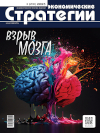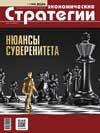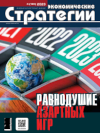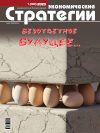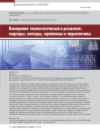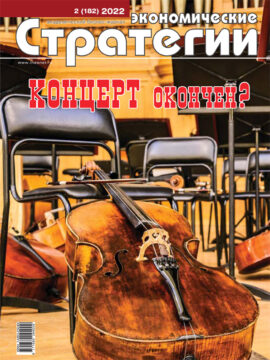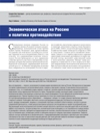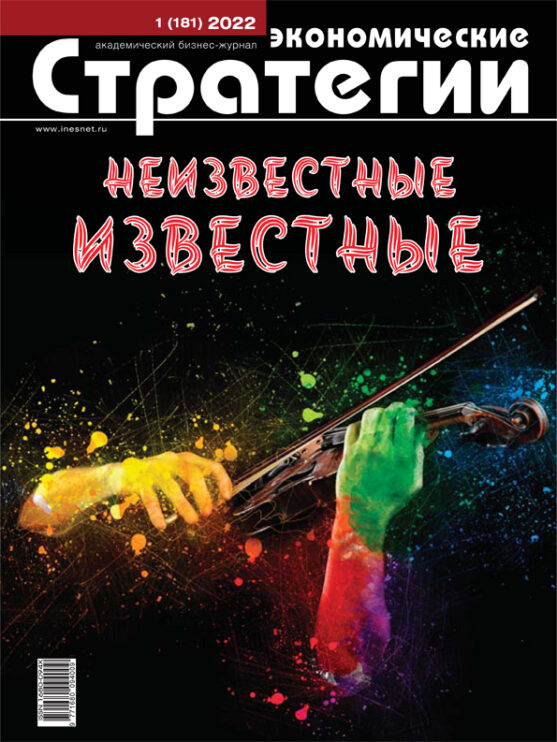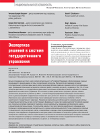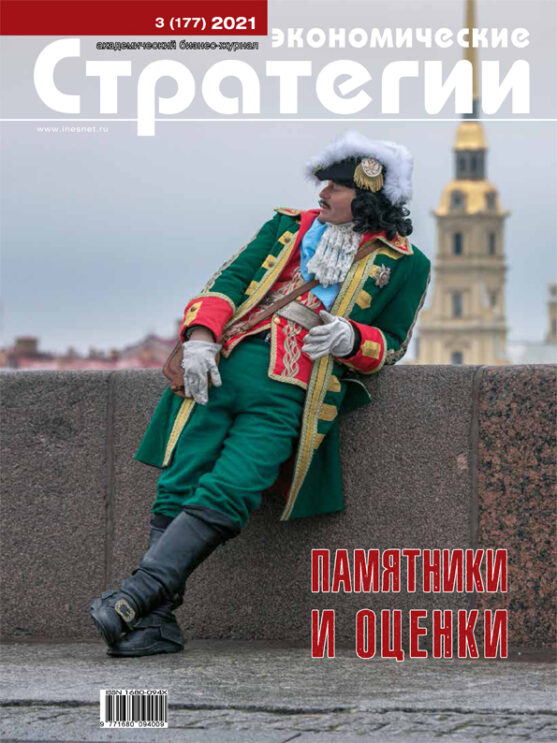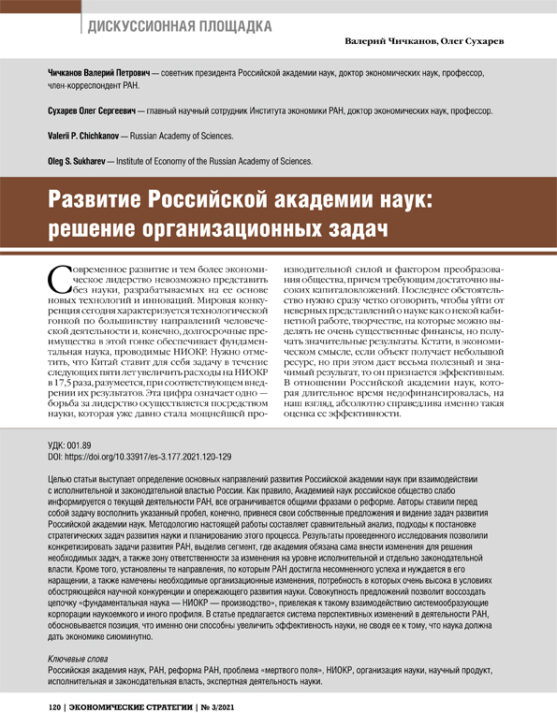Russia’s Economic Growth: Key Interest Rate and “Aggregate Supply”
DOI: 10.33917/es-2.200.2025.30-41
The article examines the problem of ensuring Russia’s economic growth in the context of a rigid monetary policy and a high key interest rate through implementation of the “supply-side economics” doctrine. The aim of the study is to demonstrate the emerging limitations for the “supply-side economy” when raising the key interest rate and the impossibility of intensifying economic growth in a sustainable and balanced format with such macroeconomic policy. Methodology is based on the modern theory of economic growth and the macroeconomic policy that stimulates it, the «supply-side economics» doctrine.
The information base of the study is formed by data from Rosstat and the Bank of Russia, scientific works on «supply-side economy». The overall result is that the article shows the effect of rigidity of the aggregate demand decline with an increase in the key interest rate, difficulty in balancing supply and demand. Increase in the interest rate in the area of its high values may cause greater decrease in supply than in demand, which is determined by sensibility of these parameters to the interest rate and other policy instruments. Such an effect can neutralize the policy of extinguishing inflation by strongly increasing the key interest rate and lead to a significant slowdown in economic growth. It is shown that negative impact of the key interest rate on aggregate supply and the search for a new point of economic equilibrium with lower price dynamics, but also relatively lower GDP, since the magnitude of its growth will be lower, favor significant limitation for implementing the “supply-side economics” doctrine in modern Russia. Moreover, the “supply-side economy” in the Reagan’s version, based on the monetarism theory, will also experience structural limitations, which, together with such a policy, can sharply weaken the competitive prospects of the Russian economy.
References:
1. Barro R.Dzh., Sala-i-Martin Kh. Ekonomicheskiy rost [Economic Growth]. Moscow, BINOM, Laboratoriya znaniy, 2014, 824 p.
2. Drobyshevskiy S. Obzor sovremennoy teorii vremennoy struktury protsentnykh stavok. Osnovnye gipotezy i modeli [Review of the Modern Theory of the Term Structure of Interest Rates. Main Hypotheses and Models]. Moscow, Institut ekonomiki perekhonogo perioda ANKh, 1999, 133 p.
3. Khelpman E. Zagadka ekonomicheskogo rosta [The Riddle of Economic Growth]. Moscow, Izd-vo Instituta Gaydara, 2011.
4. Aghion P., Akcigit U., Howitt P. Lessons from Schumpeterian Growth Theory. The American Economic Review, 2015, vol. 105, no 5, pp. 94–99.
5. Barro R. Economic Growth in a Cross Section of Countries. Quarterly Journal of Economics, 1991, vol. 106, no 2, pp. 407–443.
6. Koopmans T.C. On the Concept of Optimal Economic Growth. Econometric Approach to Development Planning. Amsterdam, North-Holland Publishing Company, 1965, pp. 225–287.
7. Kuznets S. Economic growth and Income Inequality. The American Economic Review, 1955, pp. 1–28.


